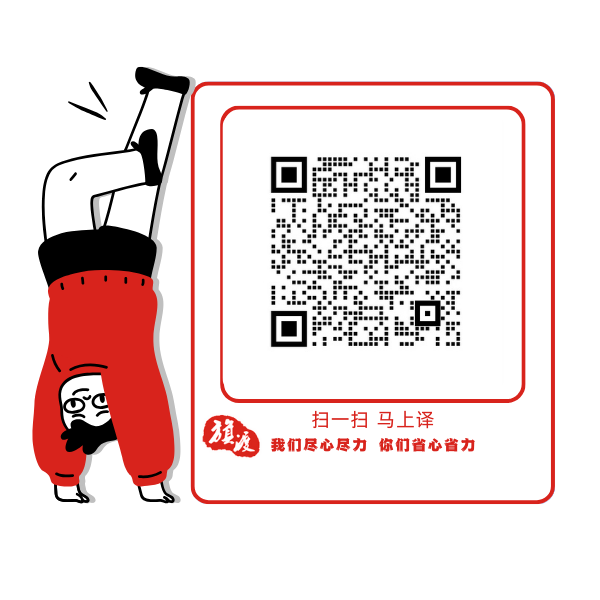在期权交易中,"In the Money"(ITM)、"At the Money"(ATM)和"Out of the Money"(OTM)是用来描述期权行权价格与底层资产(例如股票)当前市场价格之间关系的术语。
1. In the Money (ITM, "在价内"):
·对于看涨期权 (Call Option):如果底层资产的当前市场价格高于期权的行权价,那么这个期权就被称为在价内。
·对于看跌期权 (Put Option):如果底层资产的当前市场价格低于期权的行权价,那么这个期权就被称为在价内。
·在价内的期权具有内在价值。
2. At the Money (ATM, "在价平"):
·当底层资产的当前市场价格与期权的行权价格相等或非常接近时,这个期权就被称为在价平。
·在价平的期权没有内在价值,但它的价值完全来自其时间价值。
3. Out of the Money (OTM, "在价外"):
·对于看涨期权 (Call Option):如果底层资产的当前市场价格低于期权的行权价格,那么这个期权就被称为在价外。
·对于看跌期权 (Put Option):如果底层资产的当前市场价格高于期权的行权价格,那么这个期权就被称为在价外。
·在价外的期权没有内在价值,它的价值完全来源于其时间价值。
三者的具体使用场景可参考如下双语示例:
如股票的当前市场价格为为$110,看涨期权的行权价格为$100。这时就可以说:
这个看涨期权是在价内的,因为股票的市场价格($110)高于期权的行权价格($100)。
The call option is in the money because the stock's market price ($110) is higher than the option's strike price ($100).
如股票的当前市场价格为$90,看跌期权的行权价格为$100。这时就可以说:
这个看跌期权是在价内的,因为股票的市场价格($90)低于期权的行权价格($100)。
The put option is in the money because the stock's market price ($90) is lower than the option's strike price ($100).
如股票的当前市场价格为$100,期权的行权价格也为$100。这时就可以说:
这个期权是在价平的,因为股票的市场价格与期权的行权价格相同,都是$100。
The option is at the money because the stock's market price is the same as the option's strike price, both at $100.
如股票的当前市场价格为$90,看涨期权的行权价格为$100。这时就可以说:
这个看涨期权是在价外的,因为股票的市场价格($90)低于期权的行权价格($100)。
The call option is out of the money because the stock's market price ($90) is lower than the option's strike price ($100).
如股票的当前市场价格为$110,看跌期权的行权价格为$100。这时就可以说:
这个看跌期权是在价外的,因为股票的市场价格($110)高于期权的行权价格($100)。
The put option is out of the money because the stock's market price ($110) is higher than the option's strike price ($100).


